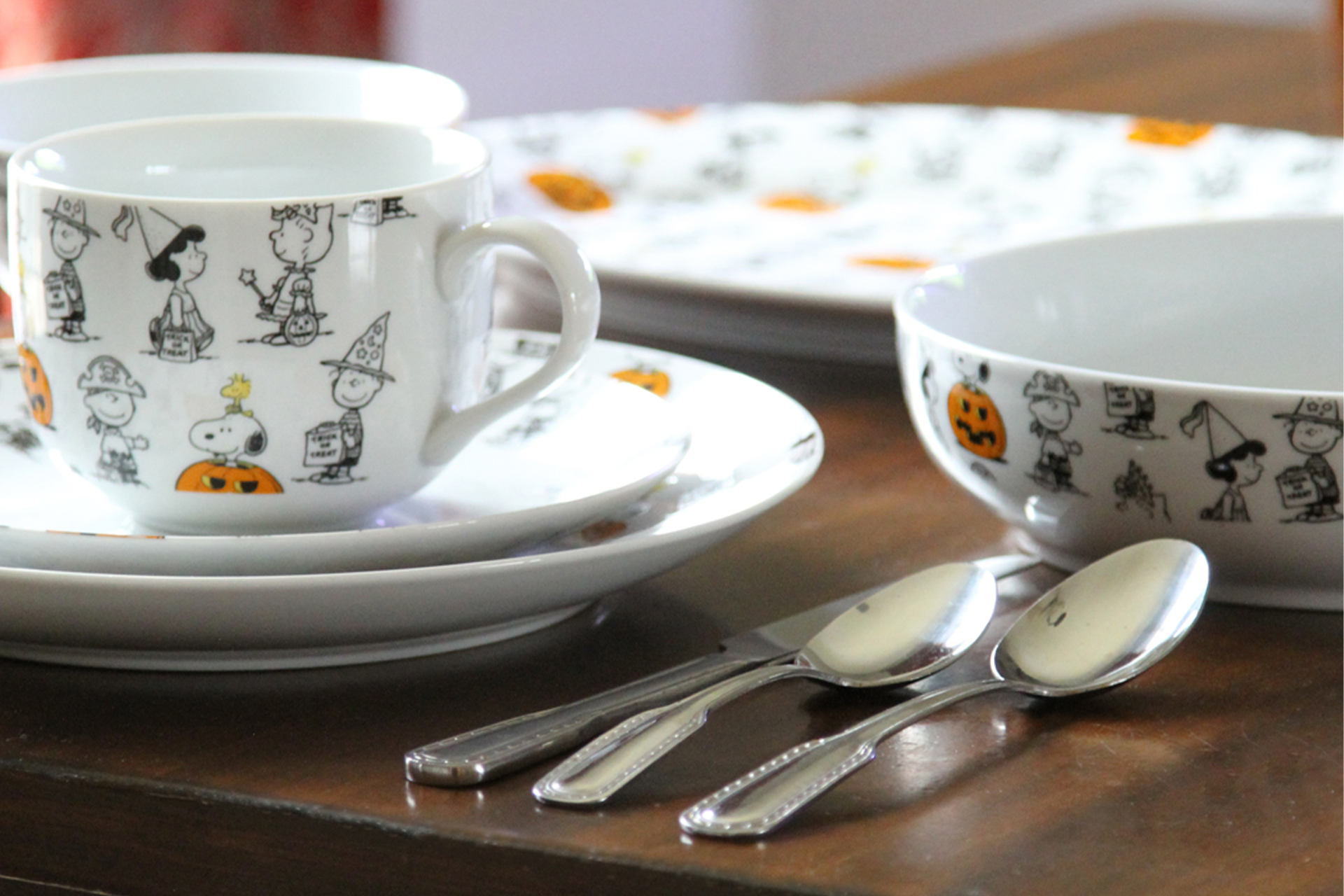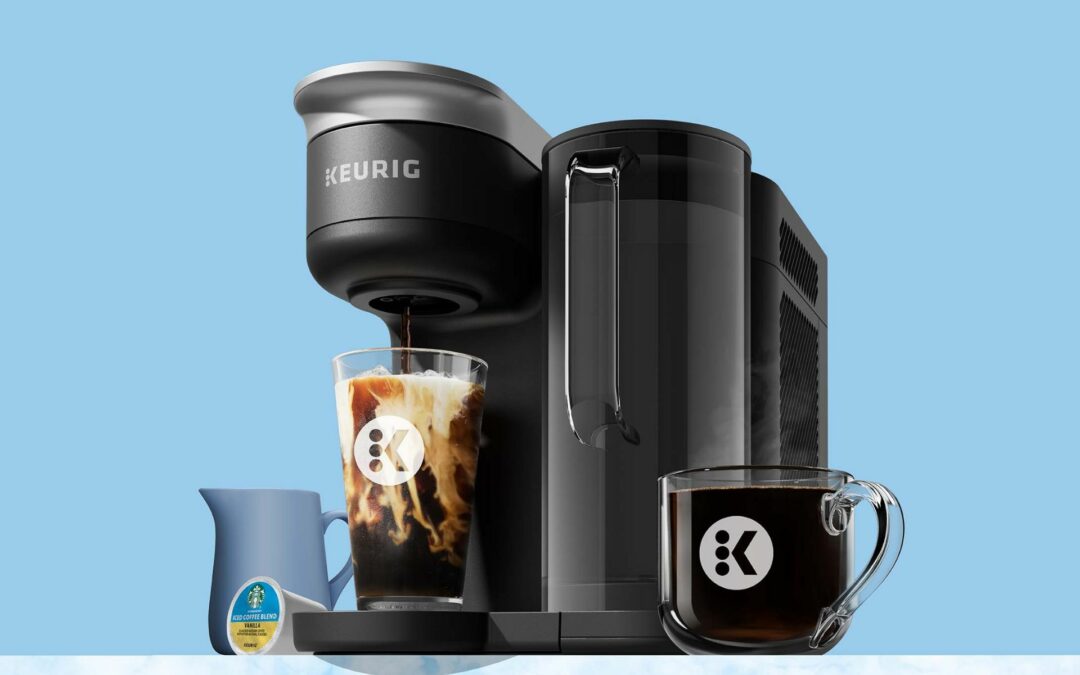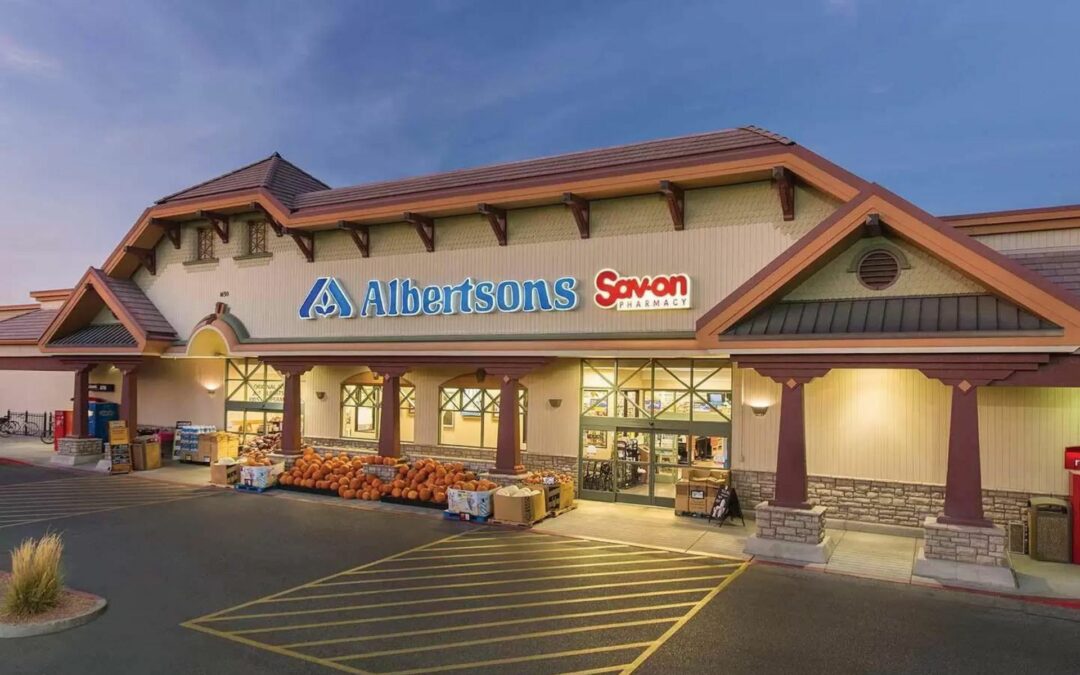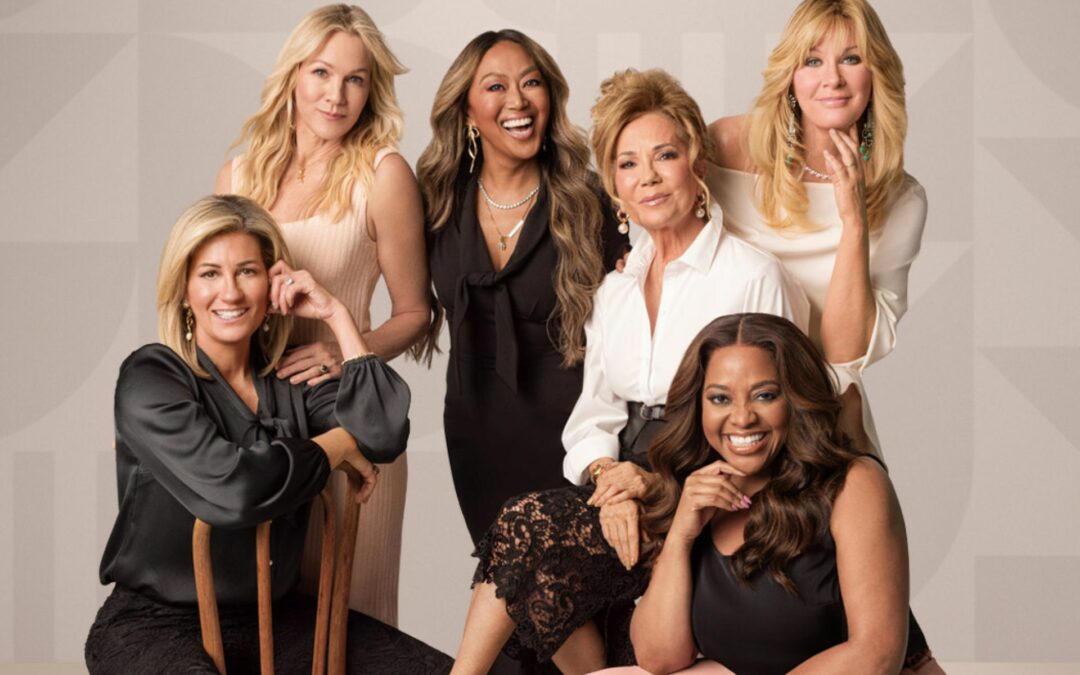Consumer desire to hunker-down-in-style might have cooled the past year or so, but there is plenty of demand for home items that capture the spirit of the upbeat, social events longed for during the pandemic lockdown.
The annual 2023 Global Licensing Industry Study released by the trade association Licensing International offers clues about people’s passions based on the retail sales of licensed goods. A look at the winning property types — sports brands, entertainers, corporate trademarks and nonprofit organizations among others — can provide a map for businesses striving to connect with consumers.
Licensed merchandise, generally defined as consumer goods or services made under a license with an intellectual property owner, amassed sales of $340.8 billion globally in 2022, up 8% over the prior year’s $315.5 billion, according to the Licensing International study tracking more than 20 product categories. This 8% jump followed a 7.8% boost from 2019’s tally of $292.8 billion. (No data was published in 2020 because of pandemic disruption.)
“Following massive growth in recent years, we are seeing home-related categories like home décor, housewares and lawn/ garden/ tools/hardware adjust to evolving consumer spending habits through creative collaborations,” said Maura Regan, president, Licensing International. “Moving forward, these categories represent significant opportunities for brands spanning every category, from corporate to sports.”
In early 2022, people in large numbers had begun to emerge confidently from their lockdown lairs. Out of necessity, many consumers had invested in improving and finessing their homes during the restrictions of 2020 and 2021. Just as guidelines loosened enough for people to resume commuting to work and to rejoin society outside of the home, a surge of inflation zapped consumers’ wallets in 2022. Spending on food and fuel took priority over frivolity, and discretionary dollars became scarce.
With this in mind, let’s look at the big picture for licensed merchandise and then work down the more thinly sliced data, as indicated by the Licensing International survey:
A snapshot of worldwide sales of licensed goods in home décor, housewares, and lawn/garden/tools/hardware product categories is heartening.
In home décor, licensed merchandise rose by 1.4 percent year over year to top $25.7 billion in worldwide sales in 2022. Housewares grew by 7.5% to claim $9.3 billion, and lawn/ garden/ tools/ hardware shot up by 9% to reach $8.4 billion.
In the U.S./Canada region, retail sales of all licensed goods rang up $203 billion in 2022, 9% over 2021’s $186 billion. This was a 10% gain from the prior timeframe, 2019’s $169 billion.
Narrowing the scope to home product categories in the region of the U.S./Canada, licensed goods sales numbers show some volatility. There were slowdowns for some intellectual property genres, while simultaneously, there were pockets of profound growth from some unexpected property types.
One theme recurred: If the licensed property type represented a fun, social, outside-of-the-home, connecting-with-others vibe, such as going to sporting events, live concerts, even museums — a.k.a., things people used to do in groups before the pandemic lockdown— chances are the growth curve for these property types is on the upswing.
In accordance with the flattening of large pockets of the home goods industry in general in 2022, the strength of the sales of licensed merchandise for the home varied according to product category.
In the home décor category, sales of licensed product in the U.S./Canada tapped out at $19.4 billion in 2022, slightly down from 2021’s tally of $20.7 billion.
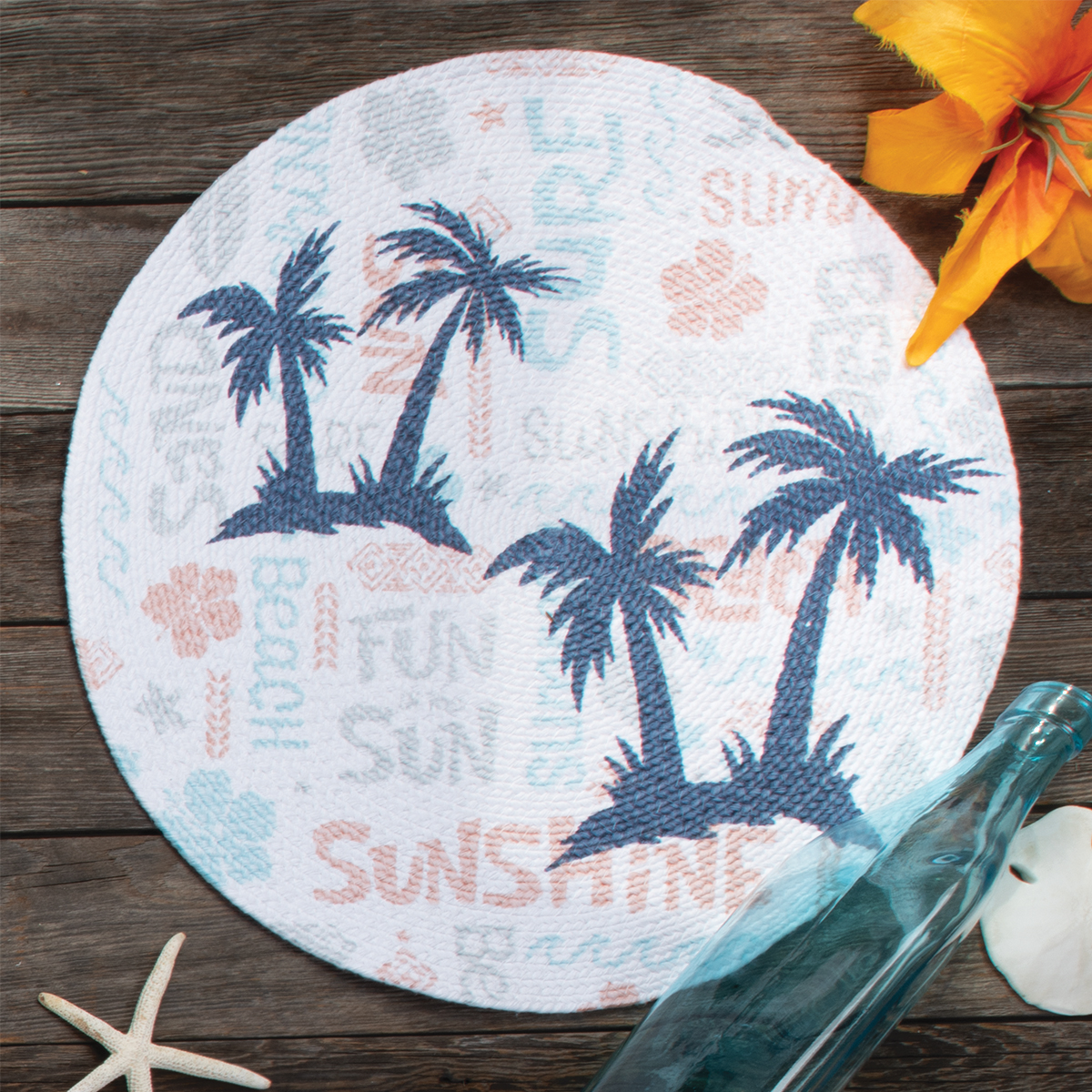
Kay Dee Designs Beach Time Placemat with Artist Courtney Morgenstern

Paragon Wall Art with Interior Designer Libby Langdon
Licensed housewares hit $4.87 billion in 2022, a 5% gain over 2021’s $4.62 billion.
As for Lawn, Garden, Tools, and Hardware products, sales of licensed merchandise reached $7.45 billion in 2022, up 7.1% from 2021’s $6.96 billion.
Publishing, the reigning property type in home décor and a prominent player in other home categories retained its lopsided lead in the category. Publishing-inspired merchandise in home décor rang up $11 billion in sales in 2022, which is more than half of all licensed goods sold in the product category that year.
Corporate/brands flourished in several categories. In housewares, corporate/brands has been a landslide leader. The year was no different; the sector grew 10% to $2.47 million, which is more than half of all licensed goods sold in housewares.
In home décor, the corporate/brands sector doubled its size (an increase of 123%) to reach $2.36 billion in 2022 and shifted to second place in the pack, behind the publishing property sector.
Character/entertainment, the largest sector of global licensing overall, thanks to the popularity of film franchises, tentpole movies and kids’ television shows (such as Zrike Brands “Peanuts” tableware pictured top), slipped into third place in the home décor field. The property type still had a stellar year, enjoying a 50% increase over 2021’s sales to reach $2.18 billion.
Less-established property genres in the home products markets saw huge gains, especially from sales of sports-licensed goods. Sports, historically running low or middle of a pack among properties in home products realms, increased astronomically in home décor from 2021 to 2022, from $59 million to $580 million, a 735% increase. In lawn/garden/hardware/tools, to a lesser but still notable extent, sales of sports-emblazoned product grew nearly 39% to reach $139 million.
Factors influencing the growth of sports branding: more people rekindling their relationships with sports during post-pandemic times; and the surge in popularity among American sports fan of Formula One racing, FIFA World Cup soccer, the National Women’s Soccer League and pickleball. Sports licenses made their mark in framed prints, accent pieces, mugs, water bottles, furniture and cooking equipment.
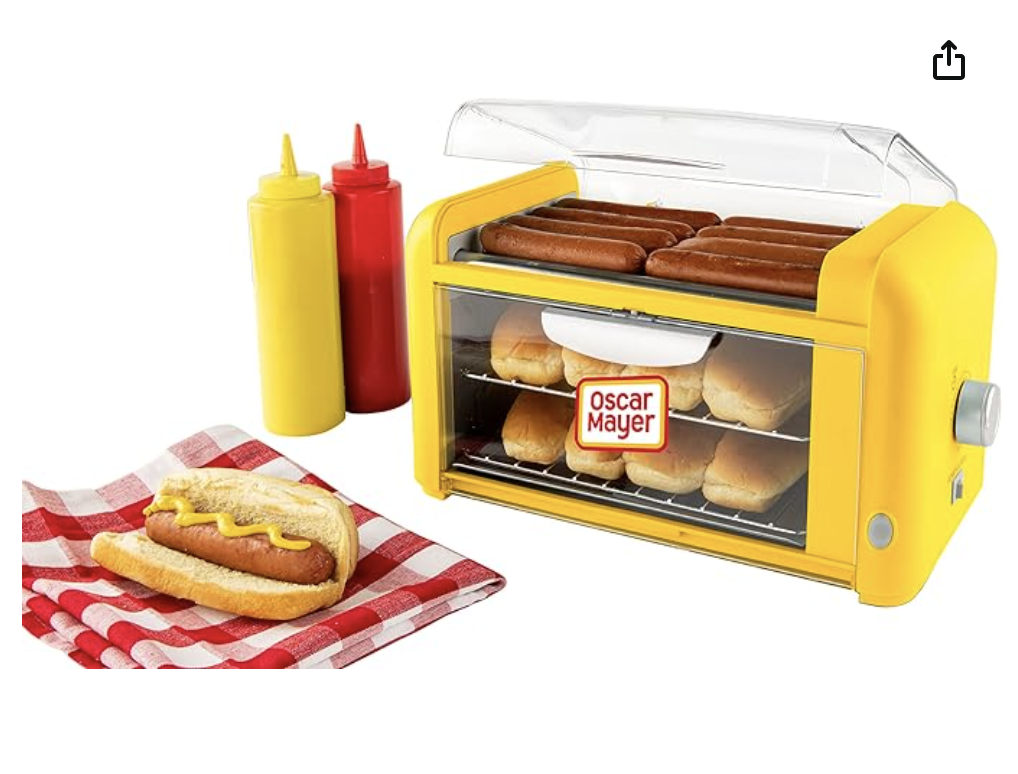
Nostalgia Products Oscar Mayer Hot Dog Maker
As the Licensing International report sums, “Product categories that enabled consumers to use their favorite brands to reintroduce fun and excitement back into their lives outside the home saw significant success. This led to the licensing industry again migrating with the tastes of the consumer — mainly to the property categories of sports, music, collegiate and corporate.”
The property type of non-profit organizations, the tiniest slice of the licensed property pie overall, made some impressive expansions in home décor, jumping 99% to reach $217.6 million in 2022. Licensed merchandise programs, used by museum marketers abroad more regularly than in the U.S./Canada region, have helped museums supplement funds such as admission fees and donations that have been lost during the pandemic. Noteworthy home goods programs launched in 2022: The Van Gogh Museum, supported by agency IMG, and The Met, via Beanstalk.
For Paragon Wall Décor, a licensee to at least three interior designers, a benefit of producing licensed product under contract with celebrity home-makeover artist Libby Langdon is how Libby generates consumer excitement and connectivity.
In a recent conversation with The Trend Curve, Paragon’s licensing partner liaison Sarah Lang said, “Libby connects with the customer through social media and in-person events to inspire and promote her stylish, functional design. Her new pieces showcase sophisticated coastal, a celebration of texture, and brilliant landscape photography.”
Paragon has maintained a similar percentage of its assortment as licensed products for several years and the sales percentage overall is stable, Lang revealed.
“The connection between the licensee and the consumer is so important. There is definitely a market response for new product releases and customer engagement from the licensed partner.”
See the full 2023 Global Licensing Industry Study at www.licensing.org.

